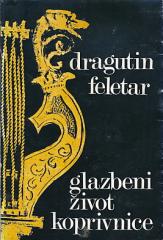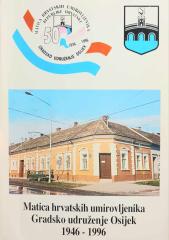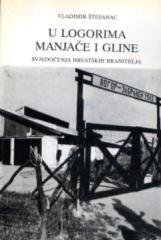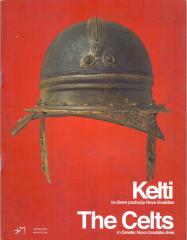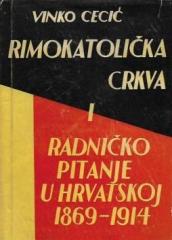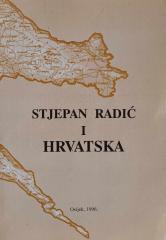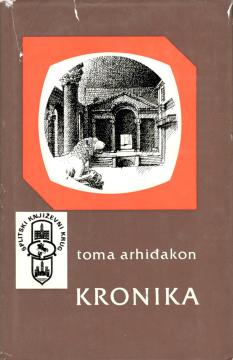
Kronika: Splitski rukopis
"Historia Salonitana: The History of the Salonitan and Split Archpriests" by Thomas the Archdeacon is the most important historiographical source for Croatian medieval history. The work contains the history of the Split (Salonian) church until 1266, when
Thomas (ca. 1200–1268), born in Split into a noble family, archdeacon of the Split metropolis, lawyer from Bologna and diplomat, wrote the work around 1266 in Latin, basing it on the earlier “Chronicle” of Ivan Ravnijan and his own memories.
The chronicle, divided into three books, traces the development of the Split church: from the apostolic roots and the martyrdom of St. Duje (1st century), the fall of Salona under the Avars (7th century), the arrival of the Croats as allies of the Byzantine emperor Heraclius ("The Croats... armed with bows and arrows, came from the island of Choryo in Pontus Euxinus, where they lived as neighbors of the Turcopolos"), the Croatian kingdom under the Trpimirovićs, to the conflict with the Hungarians, Venice and internal church struggles in the 13th century. Thomas, as a witness to the Mongol threat in 1241, describes political intrigues, the struggle for metropolitan autonomy and the role of Split as the cultural center of Dalmatia.
The work is not just a chronicle, but a sophisticated narrative with a rhetorical style, myths (e.g. about the Croatian origin from the son of Noah) and criticism of Hungarian hegemony, establishing Croatian identity in a European context. Quote: "This gens [Croats] was cruel to its enemies, but gentle and faithful to its friends."
Influenced later historians (Klaić, Goldstein), translated into English (1999), crucial for understanding medieval Dalmatia as a bridge between East and West. As a masterpiece of Latin prose, it symbolizes intellectual resistance to oblivion: history as the living voice of the people.
One copy is available
- Slight damage to the dust jacket
